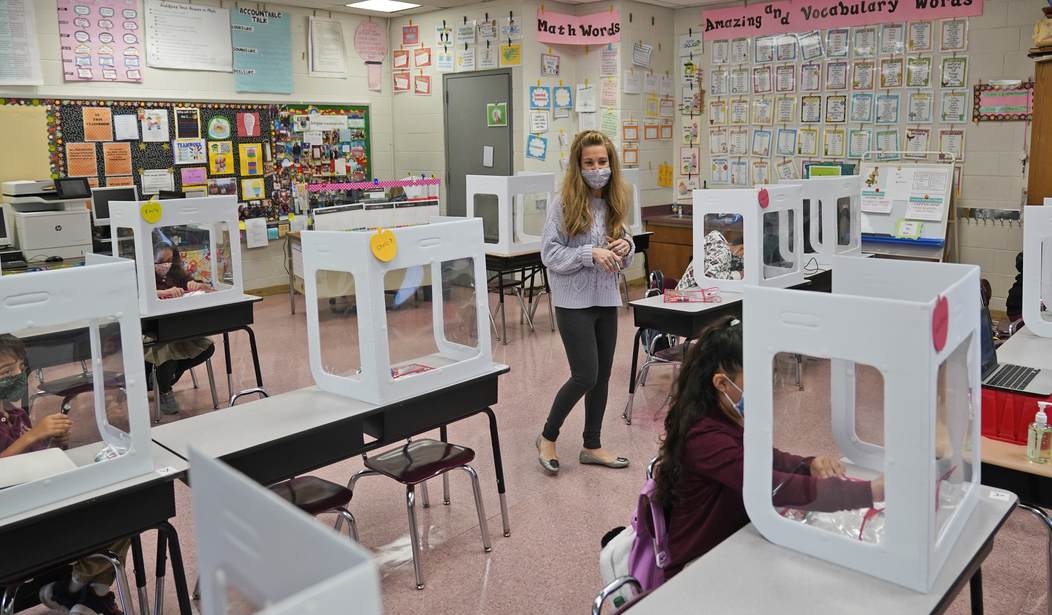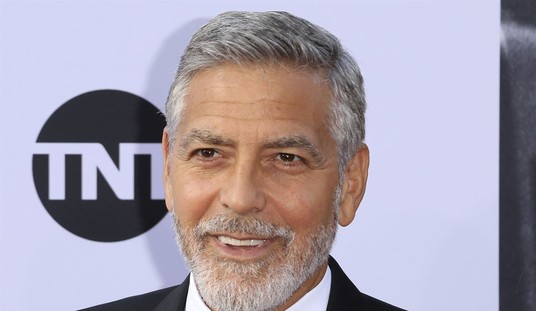Earlier in the pandemic, Washington rushed to flush as much money into the public school system as they could and to do so as quickly as possible. Through several stages, the Elementary and Secondary School Emergency Relief program was intended to pay for training in virtual learning while upgrading school ventilation systems and expanding the space available for social distancing. The obvious intent was to find a way to get the schools open again as soon as possible to minimize the impact the shutdowns would have on the children’s education. As we all know by now, the teachers’ unions fought tooth and claw to keep the schools closed. Now, a review of the funds allocated for ESSER provides a more complete picture of what happened. As it turns out, less than half of that money was ever spent despite having been appropriated in huge amounts. How did this happen? (Washington Post)
In March 2021, the Biden administration released the federal government’s largest pool of pandemic relief for public schools. The American Rescue Plan infused campuses with $122 billion to reopen buildings, address mental health needs and help students who had fallen behind academically.
The need was so urgent that two-thirds of the money — $81 billion — was released less than two weeks after the plan was signed into law and before the Education Department could approve each state’s spending plan.
But despite having access to the dollars, school systems throughout the country reported spending less than 15 percent of the federal funding, known as ESSER III, the most recent installment of Elementary and Secondary School Emergency Relief, during the 2021-2022 school year, according to a Washington Post analysis of data collected by Edunomics, an education finance group at Georgetown University.
Wide differences in spending rates were measured from state to state and even between adjoining school districts. But one pattern emerged from the data that should be particularly disturbing. The least money was spent in the districts where student performance fell the furthest behind. It’s not hard to interpret what the means. The school systems that ignored the money and took the longest to reopen were the ones where the children suffered the most deleterious effects from the lockdowns.
Keri Rodrigues, of the National Parents Union, pointed out one of the obvious failures of both the public schools and the teachers’ unions. She noted that the excuses offered by the schools always focus on a lack of money and how they need more money. But now, as Rodrigues views it, “we have a historic amount of spending, like never before, and you’re not even spending the money.”
$67.5 billion was allocated just during Donald Trump’s last year in office. Nearly double that amount has been set aside since. But somehow, many of the poorest performing schools in the country failed to tap into the cash significantly. Did they not understand how to access the money or were they simply not seeing a need for it? Perhaps some elements of both possibilities were in play.
But one thing is for certain. As Karen put it recently, the kids are not alright. Math and reading scores in our public schools dropped at historically steep rates. Forcing the schools to remain closed has set back an entire generation of children and we’re not sure if they will ever be able to catch up. And all of it was done in the name of protecting the human lives that turned out to be at the absolute least risk of catching or spreading the virus as well as having the lowest percentage chance of dying or suffering a significantly worse outcome in terms of their health.
It is no wonder that enrollment levels are way down in public schools across the country while homeschooling and private school enrollment continue to rise. Virtually every school has now reopened, but many parents have seen what’s going on in too many of those schools and decided that they needed a better path forward for their children. The pandemic simply forced the issue and made a lot of those parents realize that there were other options.








Join the conversation as a VIP Member